Tar and gravel roofs, also known as built-up roofing (BUR) systems, have been a staple in flat and low-slope roofing for over a century. Despite the emergence of modern roofing technology and materials like TPO and EPDM, layers of tar and gravel roofs remain a viable option today in the roofing industry, for both commercial and residential buildings. This article explores their continued relevance, advantages, disadvantages, and current cost estimates.
🧱 What Is a Tar and Gravel Roof?
A tar and gravel roof consists of multiple layers of waterproof materials, including bitumen (tar), roofing felt, and a top layer of gravel, keep in mind these materials are available and can be accessed for a low budget. The gravel protects the underlying layers from UV rays, physical damage, and weather elements. This type of roofing is particularly suited for flat or low-slope roofs, offering durability, cost-effectiveness and environmentally friendly.
✅ Pros of Tar and Gravel Roofs
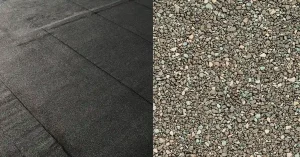
1. Durability and Longevity
With proper maintenance, tar and gravel traditional roofs can last between 2 to 3 decades, providing long-term protection. The multiple layers offer excellent resistance to wear and tear, making them a reliable solution for various building construction types.
2. Cost-Effective Solution
These roofs are among the most affordable options for flat roofing, with replacement and installation costs ranging from $3.50 to $7.50 per square foot. This cost-effectiveness makes them an attractive choice for budget-conscious homeowners and commercial property owners.
3. UV Protection and Energy Efficiency
The gravel layer shields the roof from harmful UV rays, reducing heat absorption and extending the lifespan of the underlying materials. This feature can lead to environmental benefits and lower cooling costs in warmer climates.
4. Fire Resistance
The materials used in tar and gravel roofs are inherently fire-resistant, adding an extra protective layer of sustainability and safety to your home or commercial building.
5. Low Maintenance Requirements
These roofs require minimal upkeep in comparison to some modern materials, with occasional inspections and minor repairs sufficing to maintain their integrity. This low maintenance option offers the perfect option to their overall cost combination.
❌ Cons of Tar and Gravel Roofs
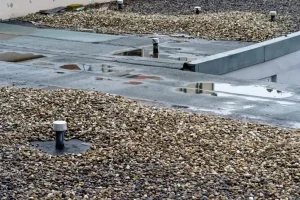
1. Heavy Weight
The multiple layers and gravel add significant weight, necessitating a robust structure support. Older buildings may require structural reinforcement with modern alternatives and techniques before installation.
2. Installation Complexity
The installation process or replace are labor-intensive and require skilled professionals, potentially increasing labor costs. The use of hot tar can also pose safety concerns during installation.
3. Prone to Leak Detection Difficulty
Identifying leaks can be challenging due to the gravel layer, which can obscure problem areas. Finding the source of a leak may require professional assistance.
4. Not Ideal for All Climates
In regions with heavy rainfall or snow, water pooling can occur if the roof is not properly maintained. This can lead to potential damage and leakage issues.
5. Aesthetic Limitations
Tar and gravel roofs may not offer the visual appeal of other roofing materials, which could be a consideration for residential properties. The color of the gravel can also absorb more heat, which may not be ideal in warmer climates.
💰 Cost Estimates for Tar and Gravel Roofs
The cost of installing a tar and gravel roof varies based on factors such as roof size, location, and labor rates.
-
Per Square Foot: Installation costs range from $3.50 to $7.50 per square foot.
-
Total Installation Cost: For a 1,700-square-foot roof, the total cost can range from $5,950 to $12,750.
-
Removal Costs: Removing an existing tar and gravel roof can add $1.00 to $2.00 per square foot to the overall cost.
-
Maintenance Costs: Routine maintenance and minor repairs can cost between $300 and $1,000, depending on the extent of the work required.
🏢 Are Tar and Gravel Roofs Still Used Today?
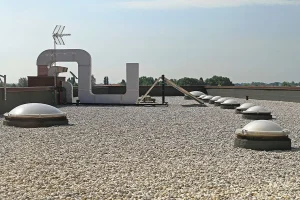
Yes, tar and gravel roofs are still in use today, particularly for commercial buildings and residential properties with flat or low-slope roofs. Their affordability, durability, and fire resistance make them a practical choice for many property owners. However, it’s essential to consider the specific needs of your building and consult with a professional roofer to determine the best roofing solution.
🧾 Conclusion
Tar and gravel roofs continue to be a relevant and cost-effective roofing option in 2025. While they may not be suitable for every building or climate, their durability and cost-effectiveness make them worth considering for flat or low-slope roofs when compred to newer roofing materials. As with any roofing decision, it’s crucial to weigh the pros and cons and consult with experienced professionals to ensure the best outcome for your property.


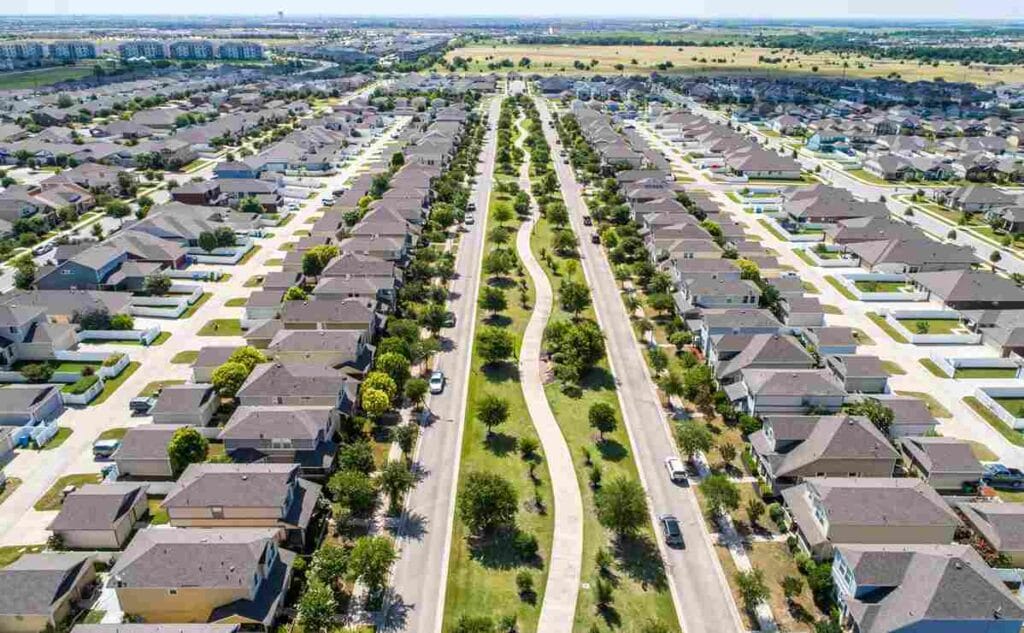
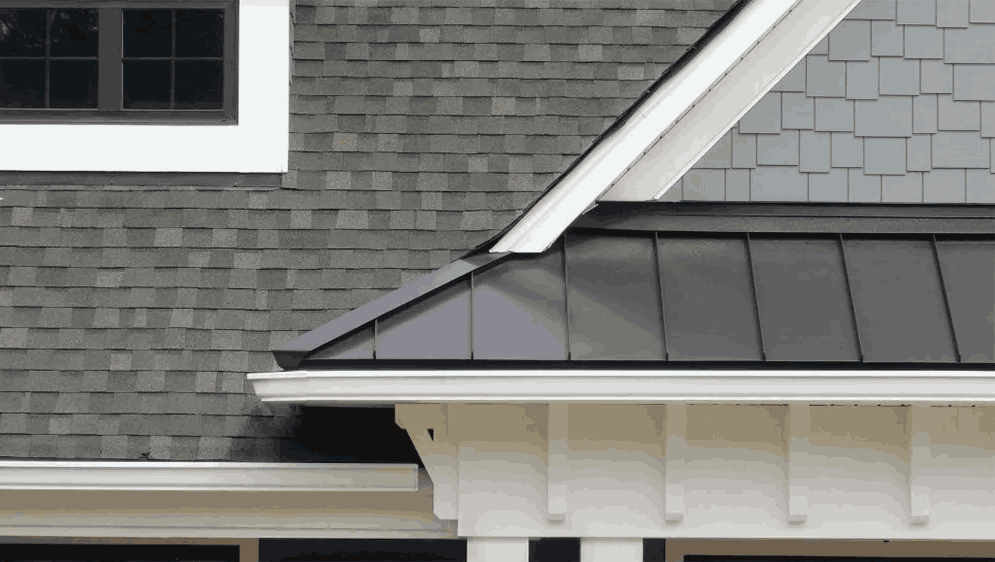


Thanks for shedding light on a topic that doesn’t get enough attention. You’ve clearly done your research, and it shows in every paragraph.